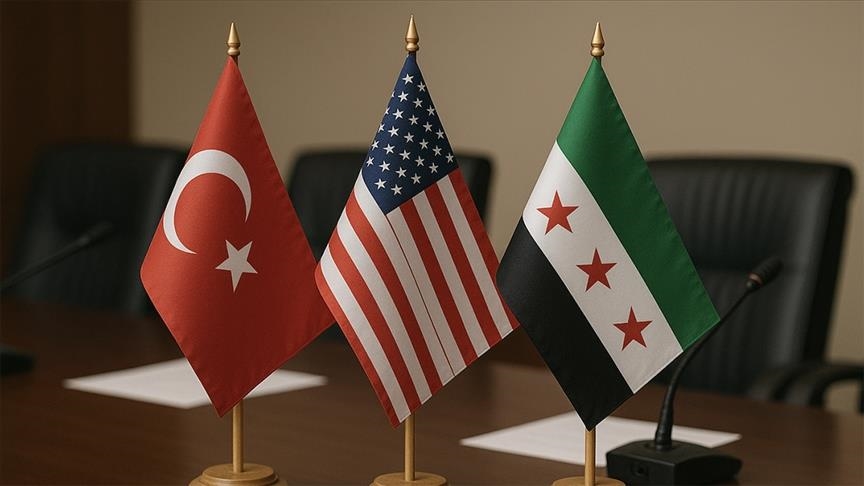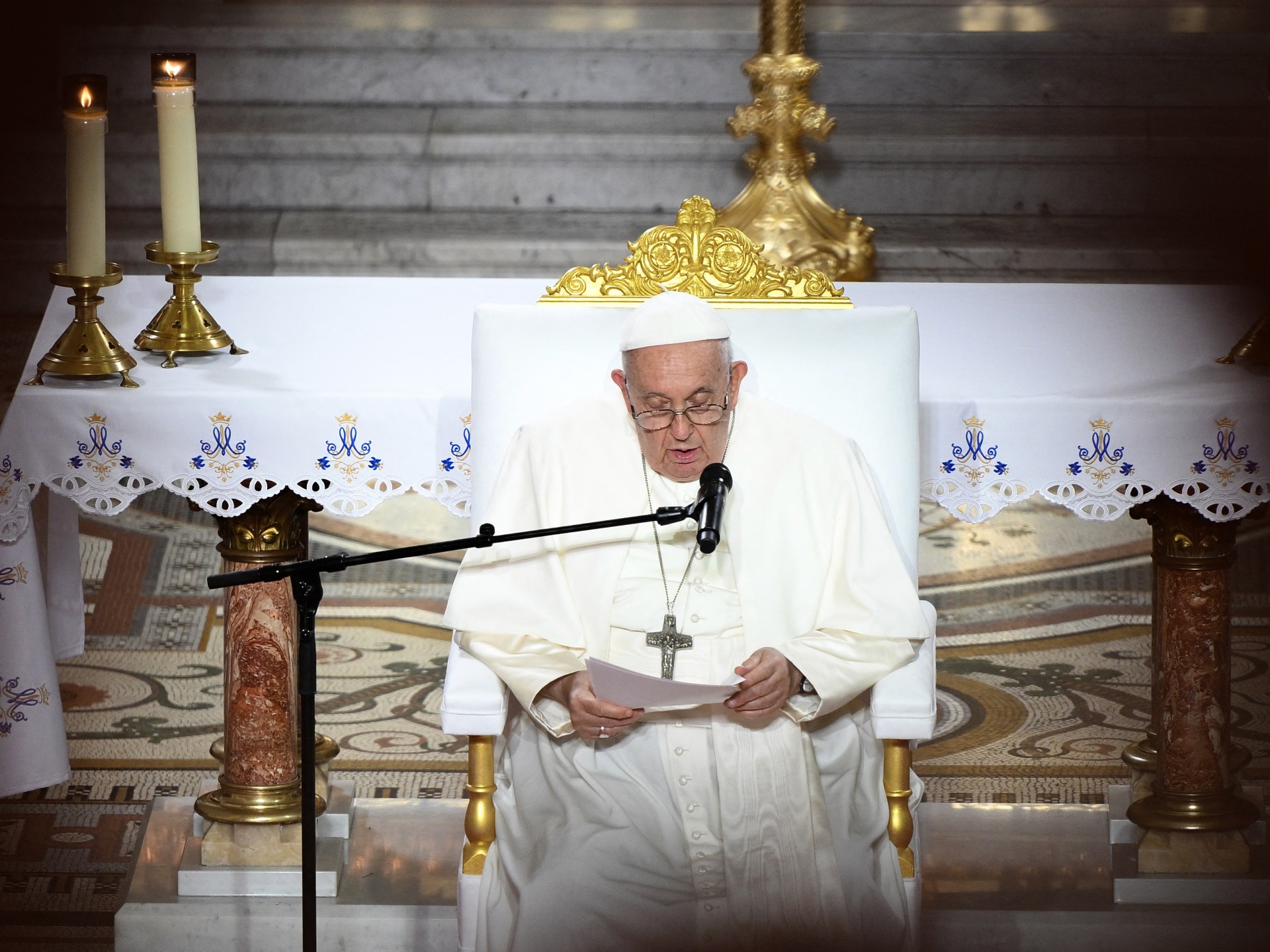N.Ireland Model to Resolve Kashmir Problem
Citing similarities between the disputed Himalayan region of Kashmir and Northern Ireland, the Institute of Regional Studies (IRS) concluded in a thorough study that the two neighbors can duplicate the 1998 Belfast Agreement that turned off decades of violence and bloodshed.
The Kashmir study draws up a contrastive analysis of both crises, including their causes, development and ways and principles necessary for conflict resolution.
It attributed the successful peace agreement in Northern Ireland to London’s acceptance of the Irish people’s right of self-determination, the great flexibility demonstrated by the political parties concerned and the behind-the-scenes diplomacy.
The Belfast Agreement (also known as the Good Friday Agreement) was signed in Belfast on April 10, 1998, by the British and Irish governments.
A referendum held in both the north and the south on 22 May 1998 endorsed the agreement which was also given the thumbs-up by most Northern Ireland political parties.
The agreement was preceded by a historic ceasefire agreement in 1997 with the Provisional Irish Republican Army (PIRA), which fought for British withdrawal from Northern Ireland and creation of an all-Ireland socialist republic.
Indian Reluctance
Founded in 1982, the IRS is an independent, non-profit research centre devoted to the study of South Asia, Southwest Asia, Central Asia, China as well as the Indian Ocean region.
Its study concluded that a permanent solution to the Kashmir problem is virtually threatened with the Indian reluctance to give the people of the disputed region the right to self-determination pursuant to a series of United Nations resolutions.
After gaining independence from Britain in 1947, both India and Pakistan engaged in a deadly war over the disputed Himalayan region of Jammu and Kashmir.
From April 1948 to 1957, the UN passed a series of resolutions, affirming the right of self-determination of the people of Kashmir in accordance with a referendum to be held under international auspices.
Kashmir is probably the world’s most well-known territorial dispute, and most maps use a dotted-line to indicate the territory’s uncertain boundaries.
Both India and Pakistan continue to assert their sovereignty or rights over the entire region.
India considers all of Kashmir to be an integral part of India, and often makes statements domestically about acquiring the Pakistani half, known in Pakistan as ‘Azad’ (free Kashmir).
The Pakistani leadership repeatedly indicated willingliness to accept alternatives such as a demilitarized Kashmir, if sovereignty of Azad Kashmir was to be extended over the Kashmir valley by which India would retain parts of Kashmir on its side of the Chenab river, and Pakistan the other side.
Geographically, Pakistan controls the northwest portion (Northern Areas, Pakistan and Azad Kashmir), India controls the central and southern portion (Jammu and Kashmir).
Both countries routinely exchange fire along the 750 kilometer (465 miles) Line of Control and their 230 kilometer (143 mile) international borders.
They year 2003 witnessed signs of rapprochement between both countries, that had fought two wars over the Muslim-majority region of Kashmir.
On May 2, they restored full diplomatic ties to settle half a century of disputes for the economic and social welfare of their peoples.
The jerky start to peace moves led to the resumption of a bi-weekly bus service in July.
On November 26, the two countries agreed to maintain a ceasefire along the LoC, the first such total ceasefire declared by both powers in nearly 15 years.
A year later, on November 17, 2004, a battalion of Indian paratroopers pulled out of the southern Kashmir town Anantnag with Prime Minister Manmohan Singh hinted at further measures to reduce tensions.
According to unofficial estimates, more than 38,000 people have died in Indian-administered Kashmir since 1989 in a separatist drive led by the Jammu Kashmir Liberation Front, a group that wants the complete independence of Kashmir from India and Pakistan.



